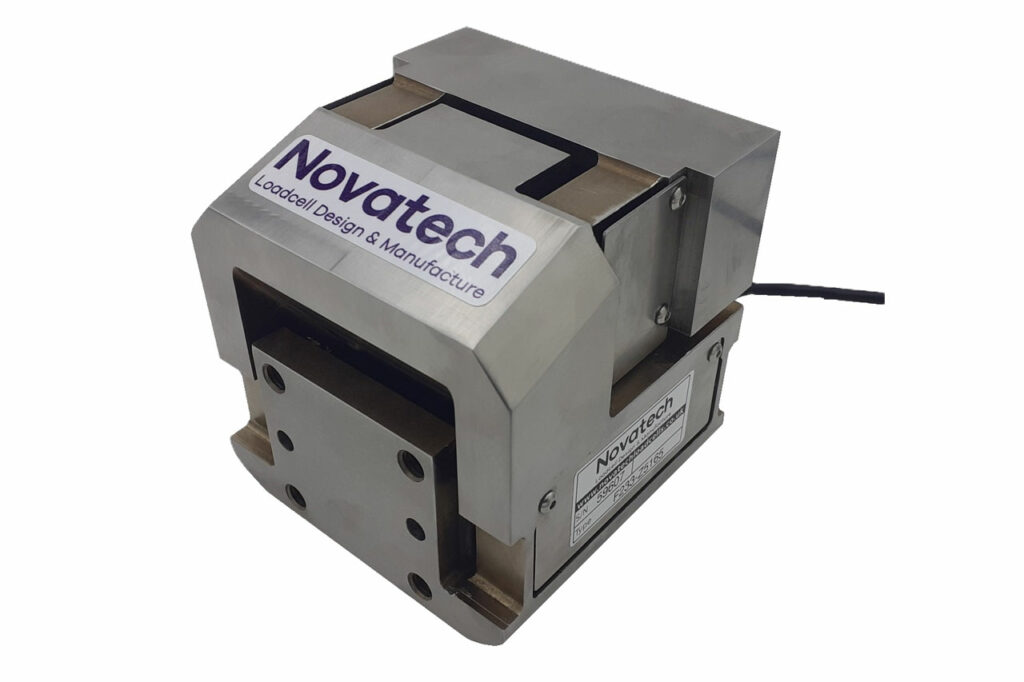Load cells are fundamental components in modern measurement and monitoring systems. They translate mechanical force into an electrical signal that can be measured, quantified, and used to control processes, ensure safety, and improve efficiency.
If you’ve ever wondered how scales, industrial automation, or structural health monitoring work, understanding load cells provides clarity on the backbone of force measurement.
Introduction: Defining Load Cells and Their Role
A load cell is a transducer that converts a force into an electrical signal. The most common types rely on strain gauges arranged in configurations such as bending beams, shear, or hydraulic and pneumatic mechanisms. When a force is applied, the resulting deformation causes a change in electrical resistance within the strain gauges, which is then processed to yield a precise measurement of the load. In short, load cells are the sensor of choice wherever accurate, repeatable force measurement is required.
Key reasons to use load cells include accuracy, durability, and versatility. They are designed to operate in a wide range of environments, from laboratories requiring micro-newton sensitivity to heavy industrial settings with kilonewton forces. This versatility makes load cells a universal tool across manufacturing, logistics, medicine, and research.
How Load Cells Work: The Basic Principle
At the heart of most load cells are strain gauges bonded to a structural element. When force is applied, the structural element deforms, causing the strain gauges to stretch or compress. This deformation changes the gauges’ electrical resistance. The change in resistance is tiny, so a Wheatstone bridge circuit is used to convert it into a measurable voltage signal. This signal is then amplified, conditioned, and converted to a digital value for display or data logging.
Different load cell configurations offer various advantages:
- Shear load cells are compact and resistant to bending moments, making them suitable for heavy loads in tight spaces.
- Bending beam load cells provide high accuracy and are common in weighing scales and industrial platforms.
- Hydraulic and pneumatic load cells handle very large forces and are useful in heavy machinery and test rigs.
Understanding the configuration helps in selecting the right load cell for a given application, balancing factors such as range, sensitivity, resolution, environmental conditions, and cost.
Applications Across Industries
Load cells underpin a surprising array of applications, reflecting their importance in precision measurement:
- Weighing Systems: From household kitchen scales to industrial weighbridges, load cells provide accurate mass measurement by sensing force due to gravity.
- Industrial Automation: Robotic pick-and-place systems, conveyor scales, and batch weighing rely on load cells for real-time feedback and control.
- Material Testing: Tensile testers and universal testing machines use load cells to quantify force during material deformation.
- Load Monitoring: Structural health monitoring for bridges, buildings, and towers uses load cells to detect unusual forces and potential safety issues.
- Medical Devices: Some medical weighing and force measurement tools incorporate load cells to ensure safe and accurate operation.
- Research and Development: Experimental setups often need precise force measurements, which load cells can supply.
Each application leverages the essential property of load cells: providing a reliable electrical signal proportional to the applied force.
Important Performance Characteristics
When selecting a load cell, several specifications matter:
- Capacity and Overload: The maximum force the load cell can measure safely without damage, plus any overload protection.
- Accuracy and Nonlinearity: How closely the output matches the true load across the measurement range.
- Resolution: The smallest detectable change in force, important for precise measurements.
- Temperature Effects: Drift due to temperature changes, which may require temperature compensation.
- Creep: The gradual change in output with time under a steady load.
Environmental protection: Ingress protection (IP ratings) and material suitability for harsh environments. - Excitation and Signal Conditioning: Many load cells require a stable supply voltage and appropriate signal conditioning to produce a usable measurement.
Understanding these characteristics helps ensure that the chosen load cell meets the demands of the specific application.
Calibration and Maintenance
To maintain accuracy, load cells require regular calibration and occasional maintenance. Calibration aligns the device’s output with known reference forces, often involving traceable standards. Maintenance includes inspecting mounting hardware, checking for corrosion, ensuring electrical connections are secure, and verifying that the signal conditioning chain remains free from noise and interference.
Safety and Best Practices
Using load cells safely involves proper installation, load introduction methods that minimise bending moments, and ensuring that the load path is as close as possible to the load cell’s primary axis. Overloading can permanently deform the sensing element, reducing accuracy or causing failure. Protective enclosures, surge protection, and proper grounding help maintain signal integrity in industrial environments.
Final Thoughts
Load cells are a cornerstone of accurate force measurement across countless applications. By converting mechanical force into a precise electrical signal, they enable automated control, safety monitoring, and high-quality data collection.
Whether you’re designing a manufacturing line, building a robust testing rig, or evaluating structural integrity, understanding the purpose and capabilities of load cells will equip you to choose the right sensor for your needs and to interpret its outputs confidently.

